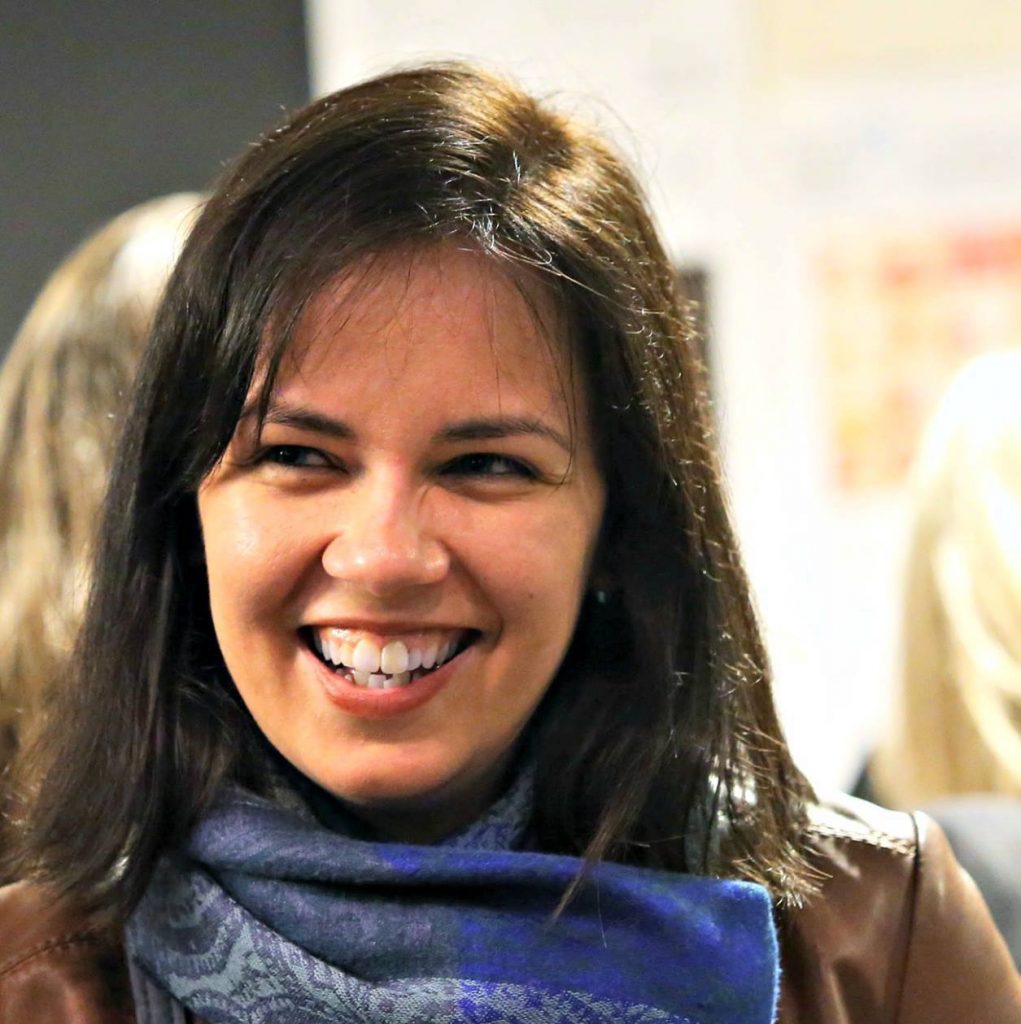
associate professor, Université Paris 8. // associate professor Université Paris 8.
Towards an articulatory description of stuttering-like disfluencies and other disfluencies
Stuttering is a neurodevelopmental speech disorder characterized by, among other things, an increased number of disfluencies. These disfluencies may be typical of stuttering (stuttering-like disfluencies), including blocks (i.e., inappropriate silences), prolongations, and sound or syllable repetitions. However, people who stutter (PWS) also produce the so-called other disfluencies, i.e., disfluencies found in people who do not stutter (PWNS). These other disfluencies include hesitation lengthening, filled pauses (“uh”, “um”), word repetitions, false starts, and others. This presentation will focus on these two groups of disfluencies and how they are produced by both PWS and PWNS. Three research questions will be addressed: (1) First, we will present articulatory studies of the differences and similarities in speech production of disfluencies produced by PWS and PWNS. We will focus on the articulatory properties of disfluencies, such as the movements of the recruited articulators or the articulatory anticipation of the sound following the disfluency. (2) The second part of the presentation will focus more specifically on stuttering-like disfluencies. What are their peculiarities? Is a repetition really a simple movement reiteration from the point of view of speech production? What is the correspondence between acoustic and articulatory properties of stuttering-like disfluencies? This second part will also address the question of coarticulation in stuttering; more specifically, it will try to answer the following question: Is stuttering a coarticulation problem? (3) Finally, in the third part of the talk, we will compare our results with theoretical models of stuttering and present some theoretical outcomes of the articulatory studies.
